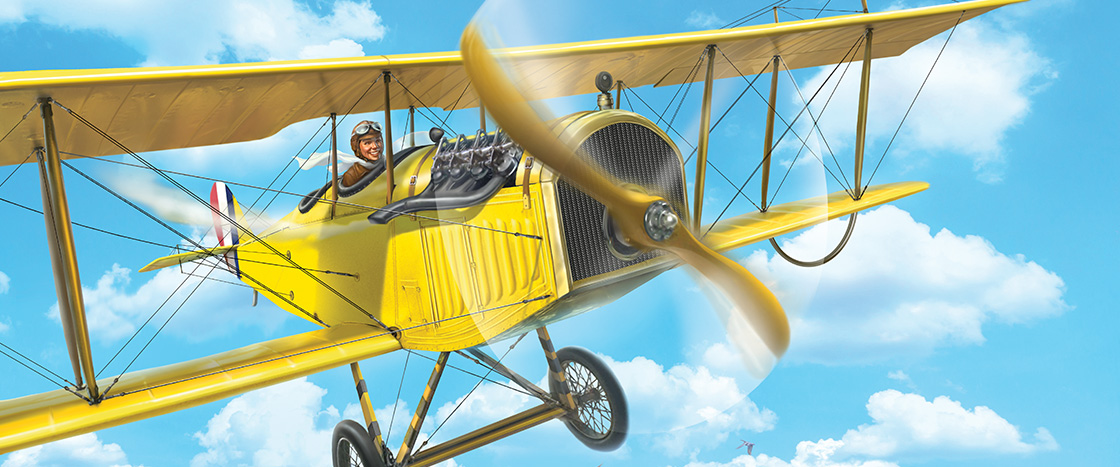GEORGE RINHART/CORBIS VIA GETTY IMAGES
The pilot flew the plane above the crowd. The wind whistled in her ears. She felt the cold air on her cheeks.
She dove down, faster and faster toward the earth. Would she crash?
No! She swooped back up into the sky at the very last second. The crowd cheered!
In the year 1922, airplanes were dangerous to fly. But this pilot knew what she was doing. Her name was Bessie Coleman.
She was the world’s first Black and Native American woman pilot, and she had always been a dreamer.

